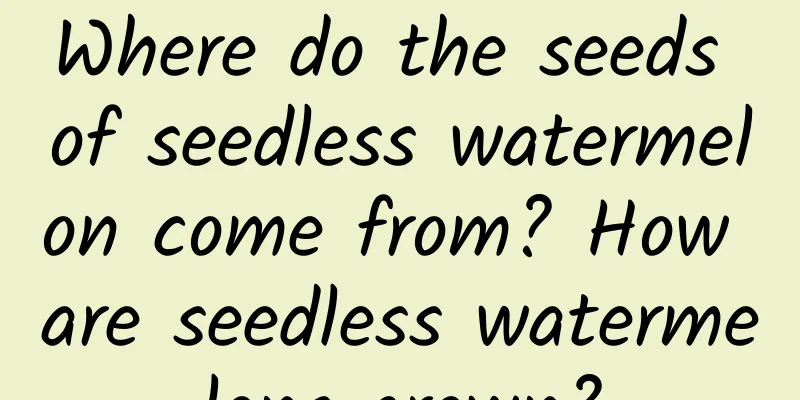Rice planting conditions Planting climate conditions

Introduction to RiceRice is a plant of the genus Oryza. The fruit of rice is rice grain. After the rice grains are husked, it is called brown rice. Brown rice is ground to remove the bran layer to get rice, which is another name for rice. The unhusked rice can be called rice, rice grains, and millet. Rice can be divided into glutinous rice and non-glutinous rice, indica rice and japonica rice, early rice and medium and late rice. According to the seed retention method, it can be divided into hybrid rice and conventional rice. In addition, it can be divided into floating rice and paddy rice depending on whether it is grown in the soil. Rice growing conditionsRice prefers a warm and humid environment. The average temperature during the growing period is between 18 and 25 degrees. The average temperature in the hottest month in rice-growing areas across the country is generally above 20 degrees, and is often distributed in tropical and subtropical monsoon climate areas. Suitable areas for rice cultivationRice prefers a warm and cool environment and is widely grown on plains with sufficient water and sunshine, such as the middle and lower reaches of the Yangtze River in my country, where it is planted on a large scale. Rice planting timeRice can be divided into early, middle and late rice according to its production season. Early rice is generally sown in March and April, middle rice is generally sown in April and May, and late rice is generally sown in June. You can also choose different time periods to plant rice according to different planting sites. Southern regions generally plant two seasons of rice, with the first season sown in April and the second season sown in July. Rice Planting BenefitsThe input-output ratio of planting single-season rice is 1:1.52~1.77, and the input-output ratio of planting double-season rice is 1:1.48~1.63. The cost of double-season rice is large and the income is low. In addition, the income from single-season rice is large and will not be affected by the season, while the risk of planting double season rice is higher and is restricted by climatic conditions. For large-scale planting and management companies, under the condition of a certain area of rice fields, the arrangement of the areas of early, medium and late rice should be adapted to local conditions. In mountainous areas, the soil fertility is poor and transportation is inconvenient, so it is advisable to plant more medium rice (or late rice). In plain areas, the soil is fertile, so it is best to plant double-season rice. |
<<: What soil is suitable for growing blue snowflakes
>>: Cutting propagation methods and precautions for sweet-scented osmanthus trees
Recommend
Grape planting methods and technical management
Many friends start growing grapes by purchasing g...
How to grow lucky bamboo well? Cultivation methods and precautions for lucky bamboo
Lucky bamboo can be grown in soil or hydroponical...
Is gardenia poisonous? Can it be grown at home?
1. Is it poisonous? It is a flower plant with whi...
The role and use of rooting agents 8 methods and recipes for making your own rooting agents
Rooting agents can promote plant rooting. Roots a...
What are the requirements for soil for growing orchids? Can orchids be grown with soil?
1. What are the requirements for soil for growing...
Edible Rose Varieties
Main varieties The Chinese rose varieties that ar...
Succulents can be grafted! One pole grows 5 varieties and becomes an old pile in 2 minutes!
What do grafted succulents look like? Do you all ...
Hydroponic method of Brazilian iron
Hydroponic techniques of Brazilian iron 1. Cut a ...
The cultivation method and precautions of Baidu
1. Proper management during the seedling stage Th...
Causes and treatments for yellow leaves of mountain roses
1. Too much watering 1. Reason: Mountain rose is ...
How to grow mirror grass
1. Cultivation technology 1. Water: Mirror grass ...
What fertilizer is good for growing millet?
Fertilizer for growing millet 1. Phosphorus ferti...
Do you need to chew passion fruit seeds before eating?
1. Is it necessary? The seeds of passion fruit ca...
Cyclamen flower stems wilt and bend down
1. Reasons for bending down 1. Excessive watering...
How to cultivate Prunella vulgaris
1. Maintenance methods 1. Temperature: Prunella v...









